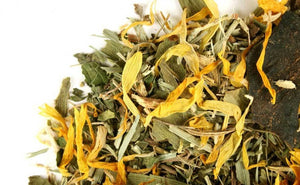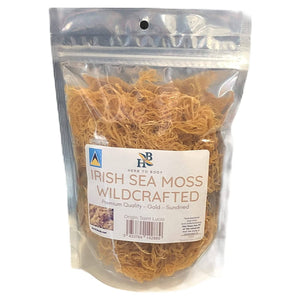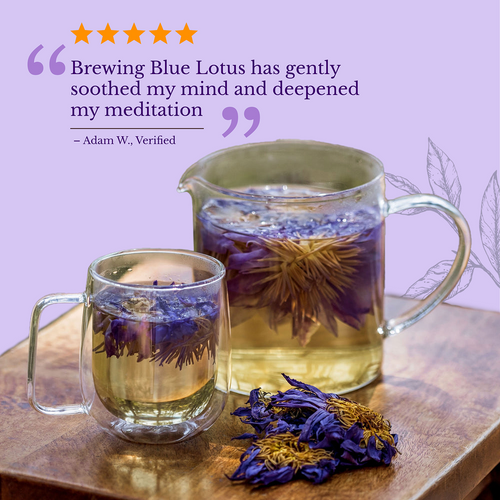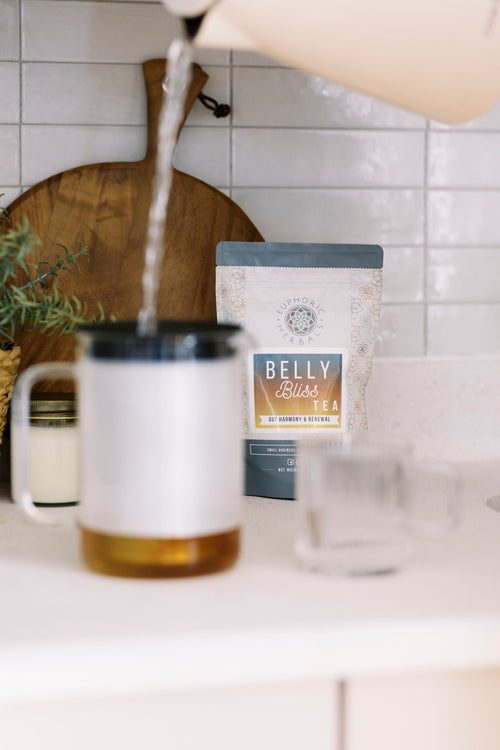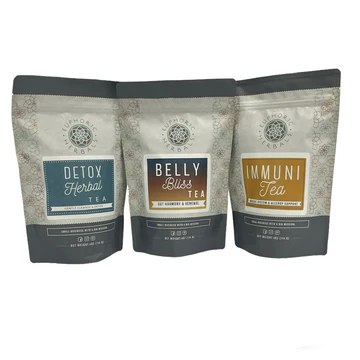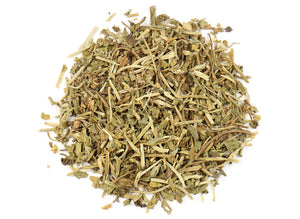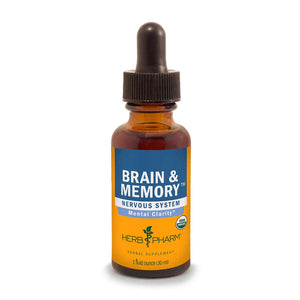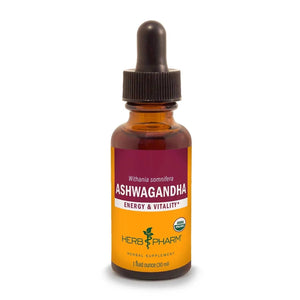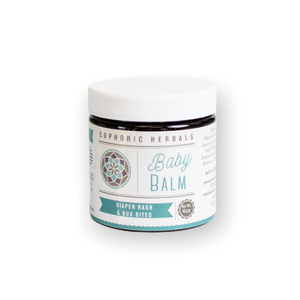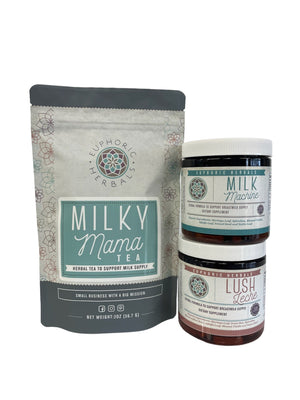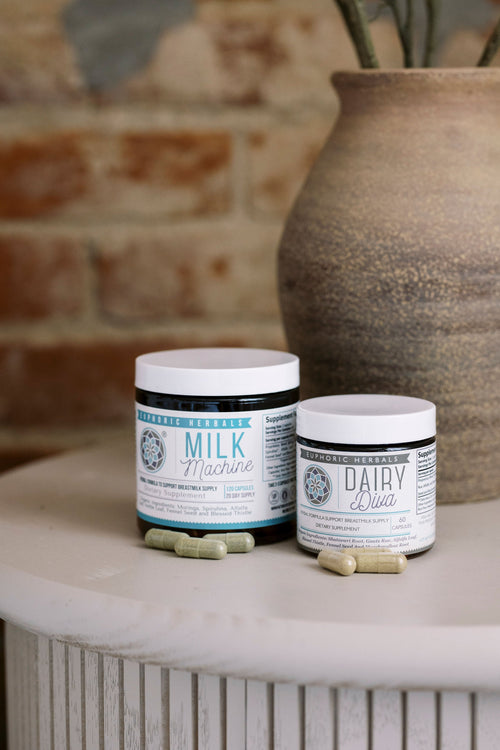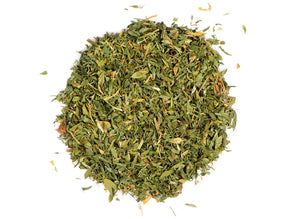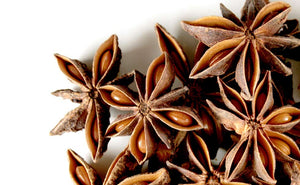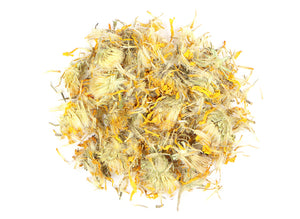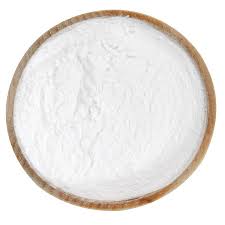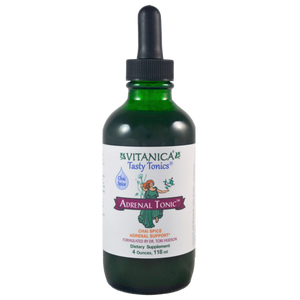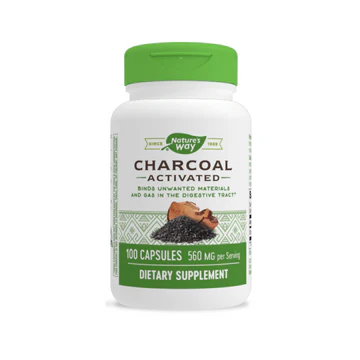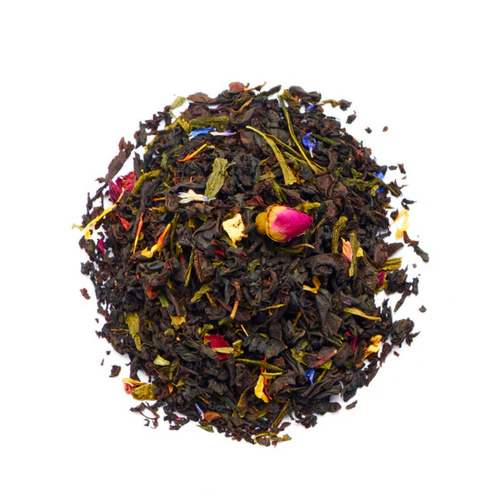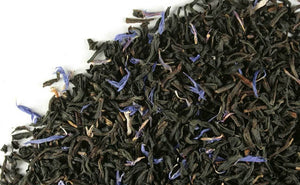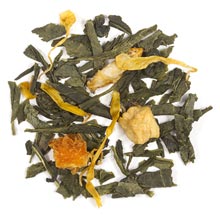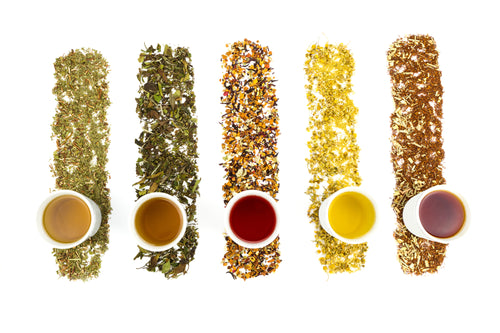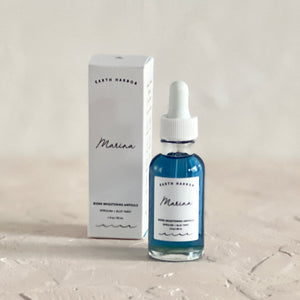More than 90% of women will experience some kind of significant skin change during pregnancy, and for many that means stretch marks. (1)
Not only is pregnancy one of the leading causes of stretch marks, women are at least twice as likely to develop stretch marks as men. That's not very fair if you're a woman.
Of course, stretch marks can be viewed as hard-won badges of motherhood, but many women would still like them to disappear. And while there are medical treatments available, using natural skincare products and ingredients is much kinder for your skin.
Before getting into the best home remedies for stretch marks, here's a look at what exactly stretch marks are and why they form.
Why Do You Get Stretch Marks?
Stretch marks are actually a type of scar that forms when skin has been stretched far enough to cause some kind of damage. Scarring can come from both the rapid stretching and rapid shrinking that accompanies weight gain and weight loss.
Normally, your skin is elastic and can deal with changes, but rapid stretching and shrinking interferes with elasticity. Stretch marks form when the middle layer of your skin (called the dermis) gets torn.
While stretch marks can appear in many places, they mainly show up on your stomach and breasts during pregnancy and postpartum.
Because they are the result of scarring, it's unlikely you'll be able to get rid of stretch marks completely. However, you can fade and minimize their appearance. Newly formed marks are much more treatable than old ones, so start taking care of yours as soon as possible.
Here are the top home remedies for pregnancy stretch marks to help fade your scars naturally.
Top Home Remedies for Stretch Marks
Aloe Vera
Aloe vera is one of the best natural ingredients to use for your skin, particularly when it comes to healing damaged skin.
Pure aloe vera gel is full of vitamins, especially the ones skin needs to regenerate: A, C, and E. It's also soothing for sensitive skin and will give your skin some much-needed hydration. (2)
Aloe vera also contains salicylic acid, which gives it mild exfoliating properties. Exfoliation helps get rid of dead skin cells and refreshes the appearance of skin.
While aloe vera hasn't been clinically shown to get rid of stretch marks, it has been shown to help with wound healing and scarring by increasing the production and synthesis of collagen. (2)
How to use: Aloe vera is gentle enough to use often and should be applied every day to get results. Simply rub the pure gel on your stretch marks or combine it with some of the other remedies listed below.
Plant-Based Oils
Oils are one of the top home remedies for stretch marks because they work to moisturize skin, improve elasticity, and increase skin cell regeneration. They may also take away some of the redness that can go along with stretch marks.
Coconut oil is one of most frequently recommended oils to use. It has all kinds of skin benefits and has been shown to speed wound healing by increasing collagen production. (3)
Olive oil and castor oil are also popular choices. Olive oil is very rich in vitamins, fatty acids, and antioxidants that are beneficial for skin. Castor oil is considered a "dry" oil that won't leave your skin feeling greasy and is often favored by those prone to oily skin.
Other oils that may be beneficial include rosehip oil, sweet almond oil, and vitamin E oil.
How to use: No matter which oil you choose, take time each day to apply the oil to stretch marks and massage it in with a circular motion. The act of massaging your skin is thought to help break up scar tissue, so don't skip this step. You can either leave the oil on to absorb or let it sit for at least 30 minutes before washing it off.
Body Butters
Plant-based butters are similar to oils in the way that they act as home remedies for stretch marks. They moisturize and nourish your skin while also improving elasticity.
Shea butter contains vitamins A and E which are both vital for skin health. It has anti-inflammatory compounds that can help reduce redness around stretch marks. Raw shea also helps skin regenerate. (4)
Cocoa butter is another popular skincare choice. There are many anecdotal stories confirming that it can visibly reduce stretch marks, although there's no clinical confirmation yet.
How to use: Use butters just like you would oils. Massage a small amount into your skin each day and let it absorb. You can mix butters with oils to make a more spreadable mixture.
Sugar or Salt Scrub
One clinical method that has been proven to work for stretch marks is microdermabrasion. This is a procedure done by a dermatologist to exfoliate away the top layer of your skin so that it can regenerate itself.
Using a sugar or salt scrub at home is a way to mimic this procedure. Since you won't get quite as dramatic results all at once, the key is to consistently use your scrub at least a few times a week. Also, be sure you scrub for 5-10 minutes (but be gentle).
How to use: Combine sugar (or sea salt) with an oil of your choice or aloe vera gel. You can also add a little lemon juice which is thought to help lighten and fade stretch marks even more. Use the scrub daily or a few times a week for at least a month.
Herbs and Essential Oils
Gotu kola is a medicinal herb and one of the few home remedies that's been found in research to improve cellulite, scars, and stretch marks. (5) You can look for it in a cream or similar skincare product.
Essential oils are very popular in skincare right now. There aren't any that have been "proven" to help with stretch marks, but there are several with well-known skin benefits.
Here are the top ones to try: helichrysum, frankincense, neroli, lavender, orange, geranium, rose, patchouli, sandalwood, and myrrh.
How to use: You can add a few drops of essential oils in with aloe vera gel, oils, and body butters. Be sure they are properly diluted before applying to your skin.
Diet and Nutrition
One of the most overlooked home remedies for stretch marks is what you are (or aren't) eating.
Getting the right vitamins and other nutrients in your diet will help your skin heal from the inside out. Drinking enough water is also critical for healthy skin.
Collagen and elastin are the two main building blocks your body needs to prevent and reduce stretch marks. Vitamins A, C, and E are all important in producing these compounds, so eat plenty of foods rich in these nutrients.
Gelatin is another great supplement to support collagen production. Healthy fats and oils are also beneficial as are omega 3 fatty acids.
Try These Home Remedies for Your Stretch Marks
All of these home remedies are inexpensive and easy enough to try for reducing stretch marks. Keep in mind that you need to use each remedy consistently before expecting any results.
There's also some research to indicate that preventing stretch marks is easier than getting rid of them once they're already there. That's a good reason to start using natural skincare products like creams and balms from the very beginning of your pregnancy.
But if you already have them, don't despair! Let these home remedies naturally go to work on your stretch marks, and keep experimenting until you find what works.






